Stir-frying chicken is a culinary art that balances precision, heat, and ingredient harmony. While techniques like high-heat searing and rapid tossing are often emphasized, the role of water—a seemingly simple ingredient—is frequently overlooked. Yet, the type of water added during cooking can profoundly influence the texture, flavor, and overall success of the dish. This article delves into the chemistry and practicality of selecting the ideal water for stir-fried chicken, exploring options from tap water to specialized alternatives, and explaining how each choice impacts the final result.
The Basics of Water in Stir-Frying
Stir-frying relies on quick cooking over intense heat, typically in a wok or skillet. The goal is to achieve tender, moist chicken with caramelized edges while preserving the crispness of vegetables. Water serves multiple purposes in this process: it generates steam to cook ingredients evenly, prevents burning, and helps create a flavorful sauce. However, not all waters are created equal. Factors like mineral content, pH, and temperature can alter cooking dynamics, making it essential to choose wisely.
Tap Water: Convenience vs. Quality
Tap water is the most accessible option for home cooks, but its suitability depends on local quality. Many municipalities treat water with chlorine to kill bacteria, which can impart a subtle chemical taste. In stir-fries, this off-flavor may clash with delicate seasonings like ginger or garlic. Additionally, hard water—rich in minerals like calcium and magnesium—can react with ingredients, potentially causing bitterness or a gritty texture.
Pros:
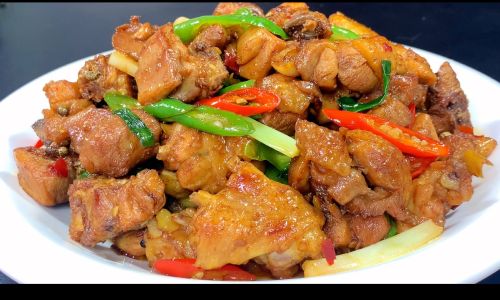
- Readily available and cost-effective.
- Minerals in hard water may enhance browning via the Maillard reaction.
Cons:
- Chlorine or impurities may affect taste.
- High mineral content could alter texture.
Tip: Let tap water sit uncovered for an hour before use to dissipate chlorine. Alternatively, boil and cool it to reduce harshness.
Filtered Water: Elevating Purity
Filtered water, whether from pitchers, faucet attachments, or reverse osmosis systems, removes contaminants like chlorine, heavy metals, and sediments. This results in a neutral canvas that allows the chicken’s natural flavors and seasonings to shine.
Pros:
- Neutral taste prevents interference with aromatics.
- Softer texture in sauces due to reduced mineral content.
Cons:
- Filters require regular replacement, adding maintenance.
- Over-filtration may strip beneficial minerals (though negligible in cooking).
Application: Ideal for light, fragrant stir-fries where subtlety is key, such as lemon-chicken or ginger-scallion dishes.
Bottled Water: Spring vs. Purified
Bottled water offers two primary categories: spring and purified. Spring water contains natural minerals, which can add complexity, while purified water undergoes processes like distillation or deionization to remove impurities.
Spring Water:
- Pros: Minerals like potassium and magnesium enhance umami notes.
- Cons: Variable mineral profiles may cause inconsistency.
Purified Water:
- Pros: Consistent quality; ideal for recipes requiring precision.
- Cons: Lacks the mineral depth of spring water.
Tip: Use spring water for boldly seasoned dishes (e.g., spicy Szechuan chicken) and purified water for delicate sauces.
Sparkling Water: The Effervescent Advantage
Carbonated water introduces tiny bubbles that create a light, airy texture in sauces. When added during stir-frying, the carbonation accelerates moisture evaporation, concentrating flavors while keeping the chicken tender.
Pros:
- Enhances sauce consistency without added starch.
- Carbonation aids in even heat distribution.
Cons:
- Overuse may lead to overly dry chicken.
- Flat taste if opened too early (use fresh bottles).
Application: Perfect for crispy-coated chicken stir-fries, where a delicate, clingy sauce is desired.
Distilled Water: The Purest Choice
Distilled water, free of minerals and contaminants, offers a blank slate. However, its lack of minerals can result in flat-tasting dishes if not paired with robust seasonings.
Pros:
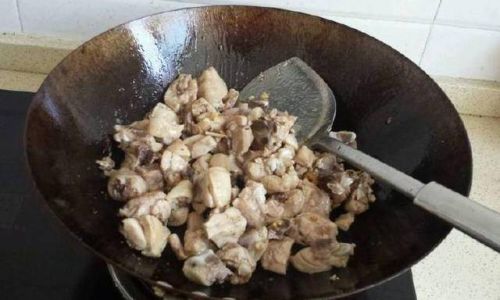
- Prevents mineral buildup in sauces.
- Ideal for low-sodium or allergen-sensitive recipes.
Cons:
- May require additional flavor boosters (e.g., soy sauce, oyster sauce).
- High heat can cause rapid evaporation, risking dryness.
Tip: Combine distilled water with a splash of broth or wine for depth.
Ice Water: Shocking for Texture
Ice water is rarely added directly to the pan but plays a critical role in pre-cooking preparation. Briefly marinating chicken in ice water firms up the meat, creating a plump texture that remains juicy during high-heat cooking.
Method:
- Submerge chicken in ice water for 15–30 minutes.
- Pat dry before stir-frying to prevent sizzling.
Pros:
- Locks in moisture.
- Reduces shrinkage during cooking.
Cons:
- Time-consuming; requires planning.
Application: Essential for achieving tender, velvety chicken in restaurant-quality dishes.
The Impact of Water Temperature
The temperature at which water is added matters as much as its type:
- Hot Water: Accelerates cooking, ideal for thick sauces.
- Cold Water: Slows searing, useful for preventing burning in sugary marinades.
- Room-Temperature Water: Balances evaporation and tenderness.
Rule of Thumb: Add hot water when building a reduction sauce; use cold water to deglaze a sticky pan.
How Much Water to Use
Overhydrating a stir-fry turns chicken soggy, while too little leads to burning. The optimal amount depends on the recipe:
- Dry Stir-Fries (e.g., Kung Pao Chicken): 1–2 tbsp water to generate steam without pooling.
- Saucy Dishes (e.g., General Tso’s): ¼–½ cup water, combined with cornstarch for thickening.
Tip: Add water in stages, stirring continuously to emulsify sauces.
Common Mistakes to Avoid
- Adding Water Too Early: Causes chicken to steam instead of sear, reducing flavor.
- Using High-Mineral Water in Delicate Dishes: Overpowers subtle seasonings.
- Ignoring Water Quality: Chlorine or impurities ruin the dish’s purity.
Beyond Water: Alternative Liquids
While the focus here is water, other liquids can elevate stir-fries:
- Broth: Adds richness (chicken, vegetable, or bone broth).
- Wine: Deglazes pans and imparts acidity (use dry whites or sherries).
- Coconut Water: Introduces tropical sweetness (ideal for Thai-inspired dishes).
Cultural Perspectives
In Chinese cuisine, water choice often aligns with regional traditions. Cantonese chefs, favoring delicate flavors, may use filtered or spring water. Szechuan cooks, with their bold, spicy profiles, might opt for mineral-rich tap water to amplify umami. However, modern kitchens increasingly prioritize consistency, leading many professionals to adopt purified or bottled options.
Conclusion
The quest for perfect stir-fried chicken hinges on understanding the nuances of water. From the mineral-laden embrace of tap water to the pristine canvas of distilled varieties, each choice offers distinct advantages. By considering factors like texture, flavor, and cooking technique, cooks can elevate their dishes from ordinary to extraordinary. Whether you’re a home chef or a seasoned pro, mastering the art of water selection is a small step with transformative results.
Final Tip: Experiment with combinations—a splash of sparkling water for effervescence, followed by filtered water to finish the sauce. The key lies in balancing science and intuition, one stir-fry at a time.
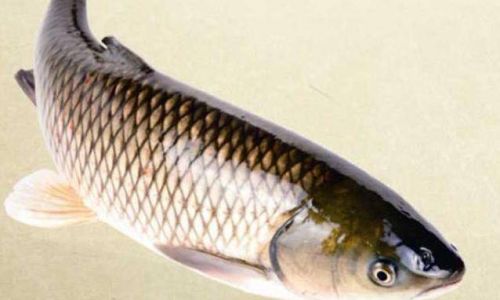
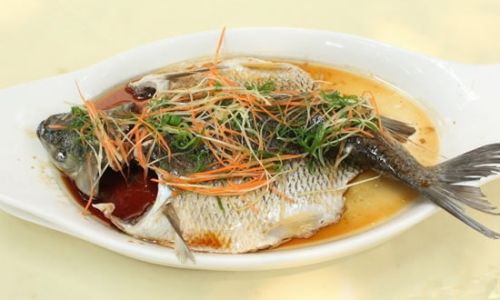

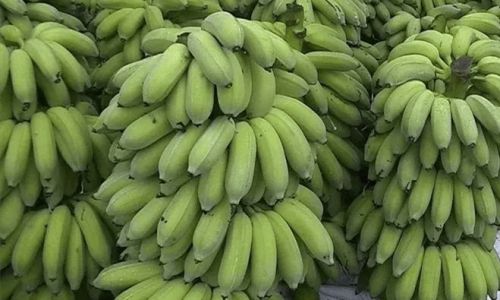
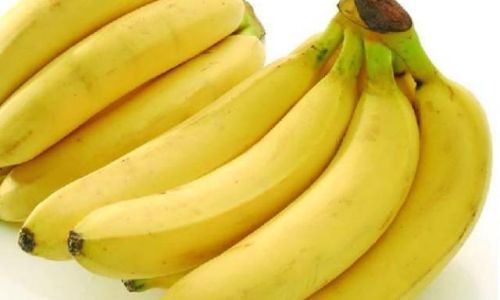
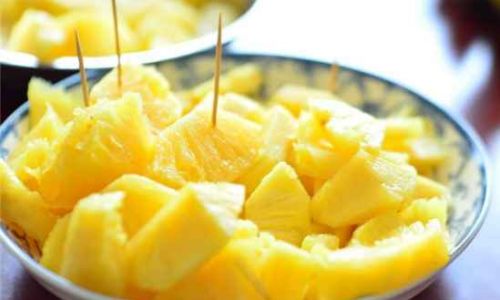
0 comments